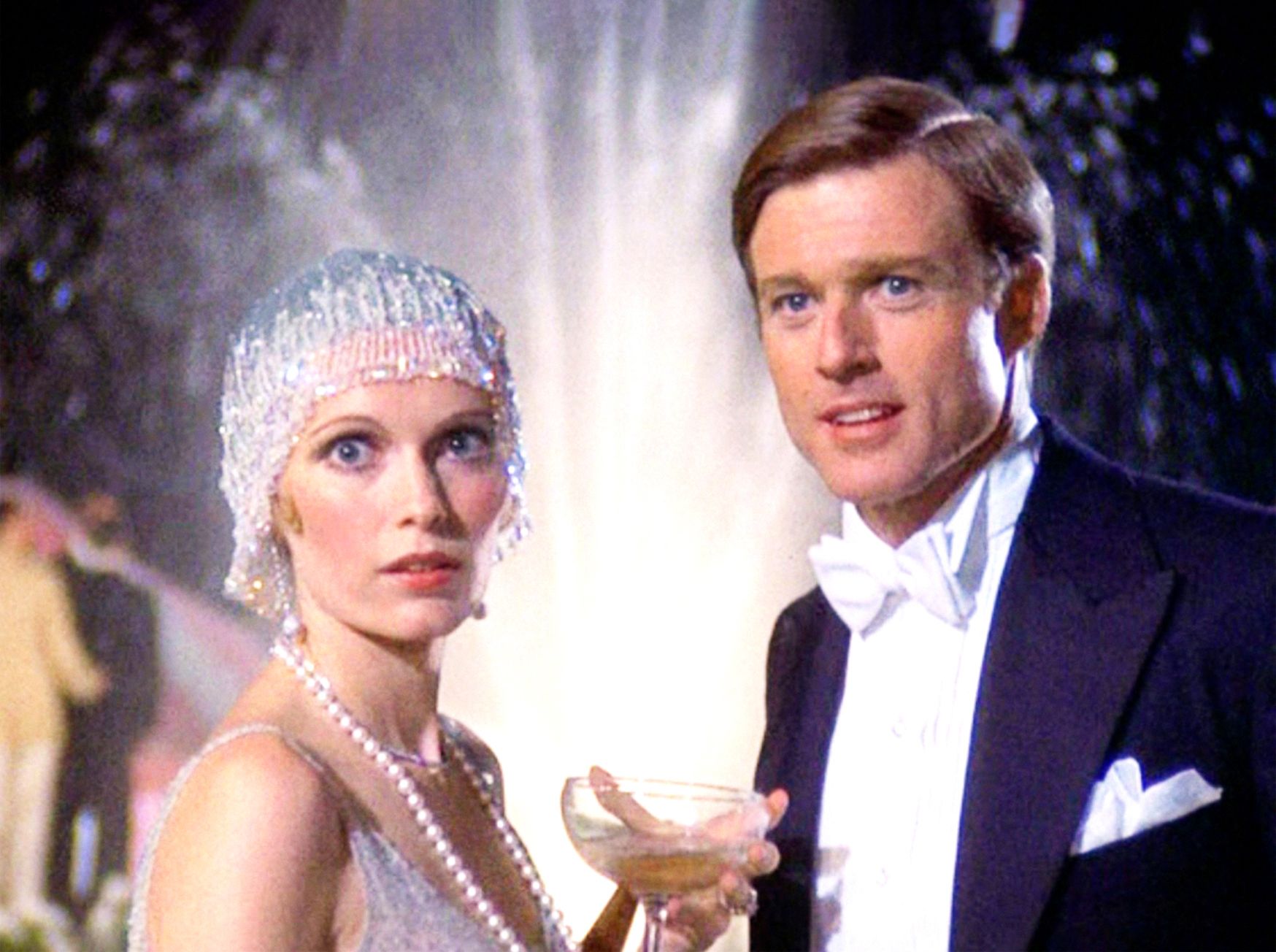In the late 1800s, Neo-Impressionism used the new sciences of optics and color to create a new form of painting, in which artists used “dots” of color on canvas and trusted the viewer’s brain to synthesize them into the image the artist wished to convey.
Paul Signac was a French Neo-Impressionist painter who worked in Paris. Influenced both by Impressionist painters and the sciences of optics and color, he grew up in a middle class family in the Montmartre area of Paris. As a teenager/young man and budding artist, he was fascinated by Impressionism and Naturalist writers, along with all things avant-garde. At 18, he began painting. Mostly self-taught, within a few years, he entered some of his efforts in the first Salon des Artistes Indépendants, where he met Georges Seurat, with whom he collaborated through out his career.
Aside from his art, Signac was also a political individual, immersed in the Anarchy movement. Politics and art occasionally mixed in his works, including In the Time of Harmony (1893).
From my perspective, I think you can see influences of Neo-Impressionism in the Psychedelic art of the 1960s and 70s. But maybe that’s just me.




